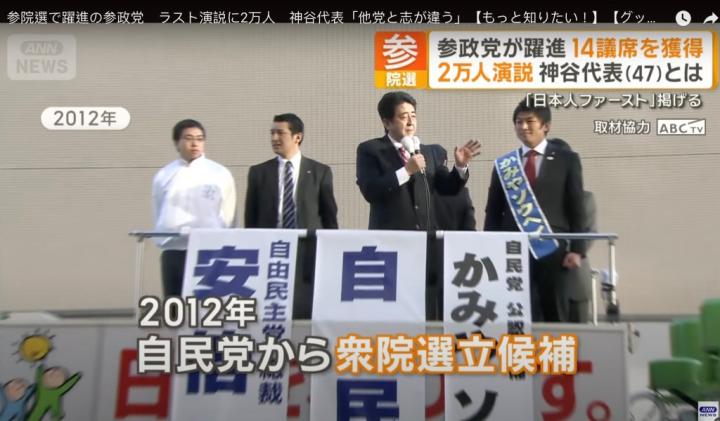Risk Warning
Cryptocurrency investment carries high risks, and its price may fluctuate dramatically. You may lose all of your principal. Please carefully assess the risks.
US President Trump announced this morning on 7/23 that the US and Japan have reached a trade agreement, with the US imposing a 15% tariff on Japan, while Japan also promises to invest $550 billion in the US, with 90% of the profits from this $550 billion investment plan belonging to the US.
Table of Contents
Toggle15% Tariff on Japan Plus $550 Billion Investment in the US, Largest US-Japan Agreement in History
Trump announced at the White House that he has signed the largest trade agreement in history with Japan, emphasizing that the agreement is very beneficial to both parties. He also supplemented on Truth Social that the agreement mainly requires Japan to further open its market, allowing US car imports and more agricultural products like rice to enter Japan. He further stated:
"Under my instructions, Japan will pay a 15% reciprocal tariff to the US and invest $550 billion in the US, with the US gaining 90% of the profits."
However, the details of the agreement have not yet been fully disclosed, and the outside world is still waiting for further explanation from the White House.

Automotive Tariffs Become the Focus, Japanese Stocks Surge, Prime Minister Ishiba Responds
The automotive industry was the most closely watched in this negotiation. The US has long had the largest trade deficit with Japan in automobiles and components, accounting for up to 80%.
According to Bloomberg citing NHK, the US will reduce the original 25% automotive tariff to 15%. After the news was released, Japanese automotive stocks immediately surged, with Toyota (TOYOTA) stock rising more than 13% and the TOPIX index rising 3%.
Japanese Prime Minister Ishiba in Tokyo said that the US and Japan have been intensively negotiating and will further deepen cooperation to create more job opportunities and higher-quality products. However, it is still uncertain whether Japanese automobiles and components will be completely exempt from tariffs or will adopt a quota system, and NHK did not provide more details.
Trade War Layout Continues, Agreement Covers Energy and Investment Incentives
In addition to the trade agreement, the US and Japan will also sign a joint development contract for Alaska LNG and consider providing tariff incentives for Japanese car manufacturers setting up factories in the US to attract more Japanese corporate investment. For example, Isuzu plans to invest $280 million to build a new factory in South Carolina, and Toyota has added $88 million to expand hybrid vehicle capacity.
Japanese Minister of Economic Revitalization Akasaka Ryusei visited the White House on 7/23 to meet with Trump and consult with US Treasury Secretary Bessent. He had previously emphasized that the negotiations were quite smooth. Earlier this year, Trump had originally threatened to impose a 25% high tariff on Japanese goods, which was reduced to 15% only after Akasaka made multiple trips to the US for negotiations.
However, the $550 billion Japanese investment in the US that Trump mentioned is still to be confirmed. This amount may be the total of various investments by Japanese companies in the US over the next few years, such as building factories, expanding production, or purchasing local energy. Trump has always been good at packaging general corporate business activities as his own political achievements. This $550 billion investment is likely to be a similar operation.
Risk Warning
Cryptocurrency investment carries high risks, and its price may fluctuate dramatically. You may lose all of your principal. Please carefully assess the risks.





